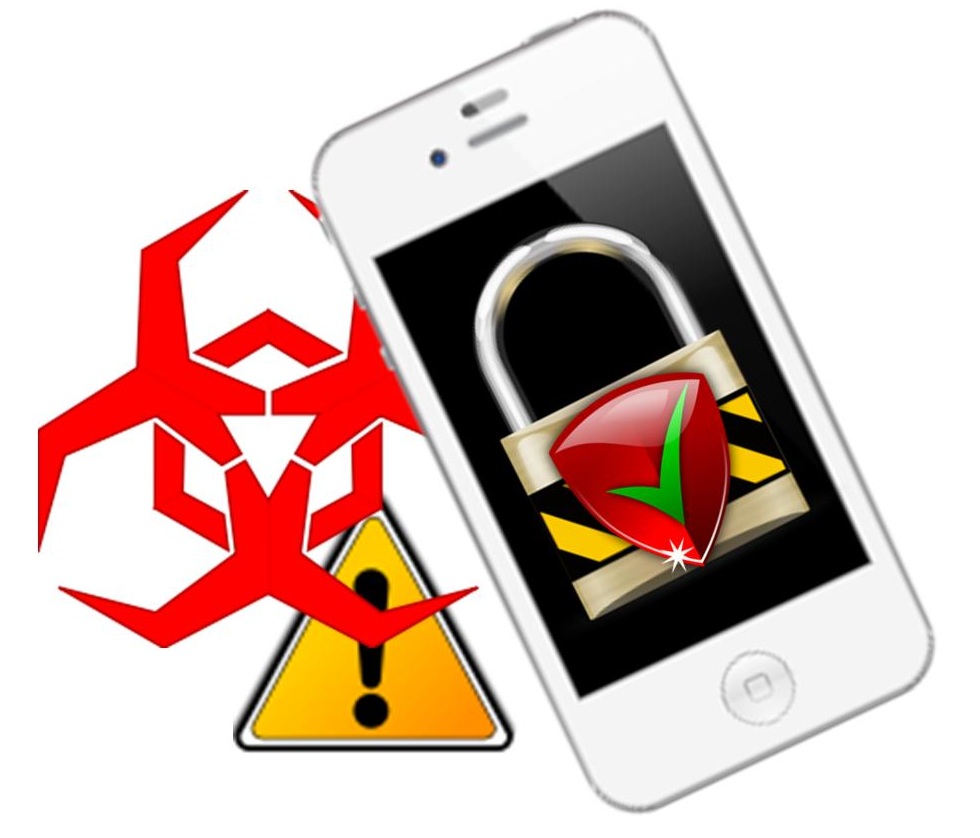Lucy |
September 17, 2014
This new deal between the two companies was first revealed by SAP’s chief executive at the CTIA 2014.
SAP has now announced its new partnership with Ericsson for the purpose of being able to create an open mobile security platform that will be both effective and device friendly, according to Bill McDermott, the CEO of SAP, who spoke in Las Vegas at the CTIA 2014.
McDermott explained that this type of business friendly application has now become vital.
He explained that it was very important for enterprises to form mobile apps that are business friendly and that boost and simplify productivity. It is key for apps to function and scale with operating systems as companies need to turn any device, no matter where it is, into a gadget that can be productive and that will have adequate mobile security.
SAP feels that proper function and mobile security are critical features for enterprise apps.
 McDermott pointed out that “SAP remains device agnostic.” He added “Because betting against consumer choice is a fool’s bet.” As a component of the partnership that SAP has formed with Ericsson, the German software giant’s Enterprise Mobility Management (EMM) software is going to be hosted on the Ericsson Cloud. This choice was made to make it simpler for mobile operators to be able to address any tablet and smartphone security issues that could occur.
McDermott pointed out that “SAP remains device agnostic.” He added “Because betting against consumer choice is a fool’s bet.” As a component of the partnership that SAP has formed with Ericsson, the German software giant’s Enterprise Mobility Management (EMM) software is going to be hosted on the Ericsson Cloud. This choice was made to make it simpler for mobile operators to be able to address any tablet and smartphone security issues that could occur.
The cloud based SAP Mobile Secure solutions will be offered by Ericsson to over 400 different mobile network operators. As McDermott spoke at the event, he made reference to Samsung as another part of this deal. However, a spokesperson from SAP later clarified that the CEO had only been combining the announcement of the partnership with Ericsson with another separate partnership that had been made between SAP and Samsung, which had already been announced the week beforehand.
It seems that the partnership to which McDermott had actually been referring when he went on to mention the Samsung brand was not this latest mobile security effort, but was a separate agreement in which Samsung is now starting to test and operate SAP mobile apps on their tablet product, called the Galaxy Tab Active. This, according to the SAP head of products and innovation PR, Susan Miller.
The company has focused this new release on increased levels of visibility and control with advanced threat protection.
One of the industry leaders in secure direct to cloud network for global advanced protection and policy enforcement, Zscaler, has just announced the release of its new mobile security solution.
This release has widened the Zscaler Network benefits in a number of ways that they believe are highly important.
The benefits of the network are now broadened to include centrally managed advanced mobile security threat protection, in addition to real time visibility and granular policy controls for smartphones and tablets that have been implemented as a part of environments that are BYOD, corporate issued, or hybrid.
The company also announced new mobile security partnership with Mobile Device Management (MDM).
 They explained that this helps with mobile security integration in order to complement auditing and provisioning capabilities. According to the Zscaler CEO and founder, Jay Chaudhry, “Security appliances have become irrelevant in securing mobile users since mobile traffic and cloud applications often bypass appliances completely.”
They explained that this helps with mobile security integration in order to complement auditing and provisioning capabilities. According to the Zscaler CEO and founder, Jay Chaudhry, “Security appliances have become irrelevant in securing mobile users since mobile traffic and cloud applications often bypass appliances completely.”
He went on to state that MDM solutions were only the first step that has been taken to better configure and manage smartphones and tablets and that Zscaler is the natural path ahead for providing mobile security through the inspection of all content over these devices, policy enforcement, and making certain of visibility.
IDC has stated that a top mobile security concern among 68 percent of organizations that are IT controlled is malware. Zscaler’s own research suggests that browsers generate under 40 percent of traffic over smartphone and tablet devices. In fact, the largest amount of traffic comes from apps.
This means that a sizeable share of the mobile security risk comes from apps on these devices through the access and communication to third party servers of the location of the user, his or her device type, data from contact lists, and information from calendars. Though it was the internet through browsers that was once the greatest concern, when only desktops and laptops were being used, apps have changed the landscape for protecting devices against digital threats and risks.
 McDermott pointed out that “SAP remains device agnostic.” He added “Because betting against consumer choice is a fool’s bet.” As a component of the partnership that SAP has formed with Ericsson, the German software giant’s Enterprise Mobility Management (EMM) software is going to be hosted on the Ericsson Cloud. This choice was made to make it simpler for mobile operators to be able to address any tablet and smartphone security issues that could occur.
McDermott pointed out that “SAP remains device agnostic.” He added “Because betting against consumer choice is a fool’s bet.” As a component of the partnership that SAP has formed with Ericsson, the German software giant’s Enterprise Mobility Management (EMM) software is going to be hosted on the Ericsson Cloud. This choice was made to make it simpler for mobile operators to be able to address any tablet and smartphone security issues that could occur.
 They explained that this helps with mobile security integration in order to complement auditing and provisioning capabilities. According to the Zscaler CEO and founder, Jay Chaudhry, “Security appliances have become irrelevant in securing mobile users since mobile traffic and cloud applications often bypass appliances completely.”
They explained that this helps with mobile security integration in order to complement auditing and provisioning capabilities. According to the Zscaler CEO and founder, Jay Chaudhry, “Security appliances have become irrelevant in securing mobile users since mobile traffic and cloud applications often bypass appliances completely.”